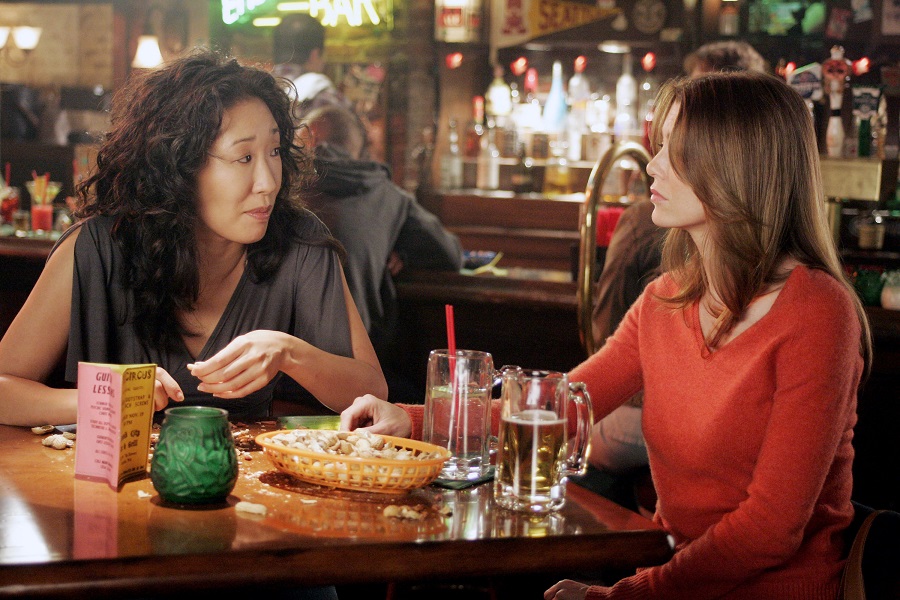
With the start of another year comes another Valentine’s Day. The American cultural holiday is named after patron Saint Valentine but has a contested history. While some believe the holiday commemorates an executed priest who secretly wed young lovers after the Roman Emperor Claudius II outlawed marriage for soldiers, others contend that the holiday has its origins in the Roman festival of Lupercalia, marking the coming of spring with fertility rituals. Despite its murky history, Valentine’s Day continues to be an annual time to indulge in romantic (and consumerist) leisure, whether individually, alongside friends, or with a partner.
This Valentine’s Day I am reflecting on the ways I have given and received love throughout my past and current relationships. The first relationship that demonstrated my expectations and images of what love looks like was that of my parents. For many of us this is where we derive most of our initial images of how love functions between two individuals, both from the perspective of the romantic love that our parents share and the familial love that our parents offer us as their children. My parents shared a tumultuous relationship which ended in a prolonged divorce that left me with a crushing impression that not all love is meant to last. In my young fervor to find other outlets that portrayed happier versions of love, I turned to television.

From Grey’s Anatomy to Gilmore Girls to Sex and the City, my early 2000s were inundated with fictional narratives that satisfied my inner hopeful romantic. I sobbed with Izzy after Denny died; I rooted for Lorelai and Luke until the end; I screamed with Carrie when Aiden was breaking her wall. These moments became a formative part of my adolescent understanding of love, and it seems like I’m not the only one. Based on a study published by the University of Edinburgh, viewers of the top 40 box office romantic comedies between 1995 and 2005 were more likely to believe in predestined love. It wasn’t until later, in my early 20s when I began to engage in more intentional relationships with others, that I realized my ideas of love were based in fiction, and life didn’t follow the neatly scripted plot developments of my favorite dramas. As I let go of unrealistic expectations of love and affection, I slowly embraced the hard lessons I learned from each relationship along the way:
Every relationship looks different, in practice and presentation
I could never help but notice how skinny Meredith and Cristina were as they squeezed in and out of their scrubs every episode of Grey’s Anatomy. I envied how Rory didn’t have to think about racial dynamics when applying to college. These protagonists existed in white, affluent, heteronormative worlds that didn’t reflect my reality. Many of the depictions we see time and time again uplift storylines that rely heavily on normative gender roles, heteronormativity, and white protagonists that regurgitate trite plots reinforcing these dynamics. At a time when I was coming into my identity, these homogenous representations subconsciously conveyed the message that these narratives weren’t meant for people like me who existed in other identities.

Although today shows like Grown-ish and even the later seasons of Grey’s Anatomy (which is somehow still running) have made an active effort to disrupt representation on screen and off, if I could speak to 14-year-old me I would cautiously remind her that not all love looks the same—and that’s okay.
Some love is toxic, and it’s important to know when to let go
One of my favorite parts of almost any romantic series is undoubtedly the drama—the bigger, the better! Whether it’s a grand gesture or plot twist, dramatic developments keep the viewer coming back for more and conveniently spike those ratings. In my past relationships I noticed that when things were calm (or mundane) I found myself craving just a smidge of drama to keep things interesting. But drama in our relationships is not an attribute to seek. Rather, if it is recurring and disruptive, it is often an indicator of unhealthy relationship dynamics. Not all love brings out the best parts of us. Sometimes it can be selfish or codependent. Looking back now, I’m glad my parents got divorced so they could find healthier versions of love. A little drama can be harmless, but toxic relationships are not something to be upheld. On the contrary, sometimes walking away can be the best way to love ourselves.
Loving someone else starts by loving yourself
Lastly, as the adage goes, you can’t pour from an empty cup. Inevitably before we can give love to others, we must know how to give it to ourselves. As cliché as that may seem, it’s a cliché for a reason. Many of the portrayals of love we see advertised on our screens focus on external relationships. We’ve all witnessed one of our favorite protagonists sprawled on a bathroom floor recouping from a dramatic breakup. While it makes for better television, Hollywood isn’t interested in portrayals of internal healing nor the non-linear, confusing, and all-around messy processes it involves. In previous relationships I settled for love that was toxic or unhealthy because it’s what I thought I deserved. It wasn’t until I realized my own worth and walked in that power that I found someone who could reciprocate the genuine love I showed myself.




